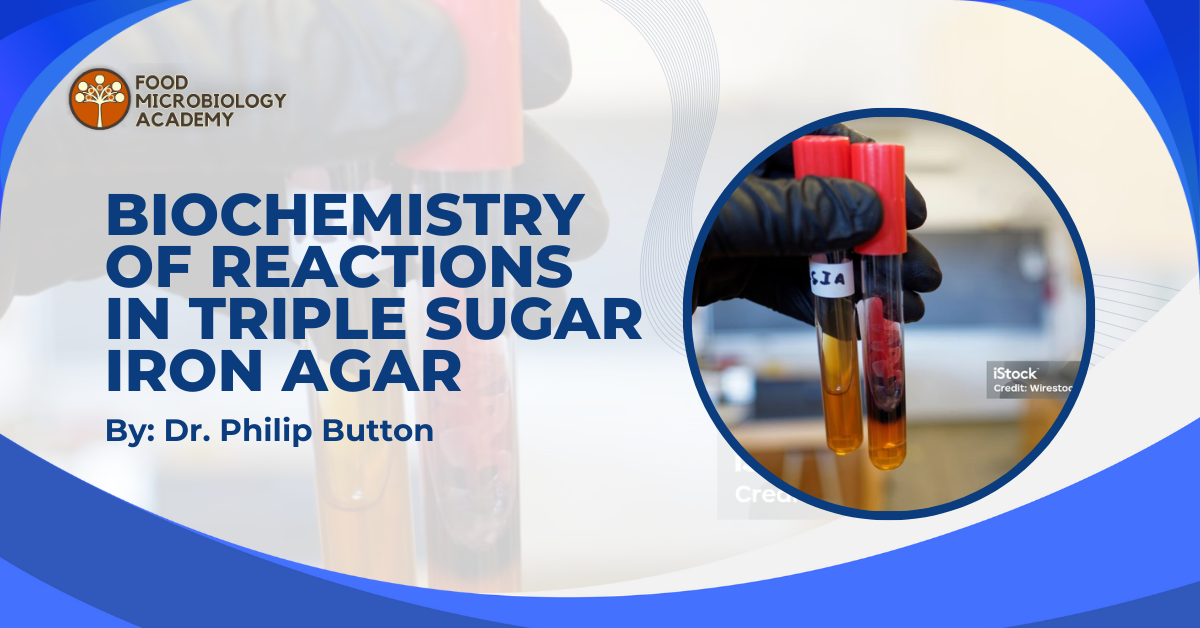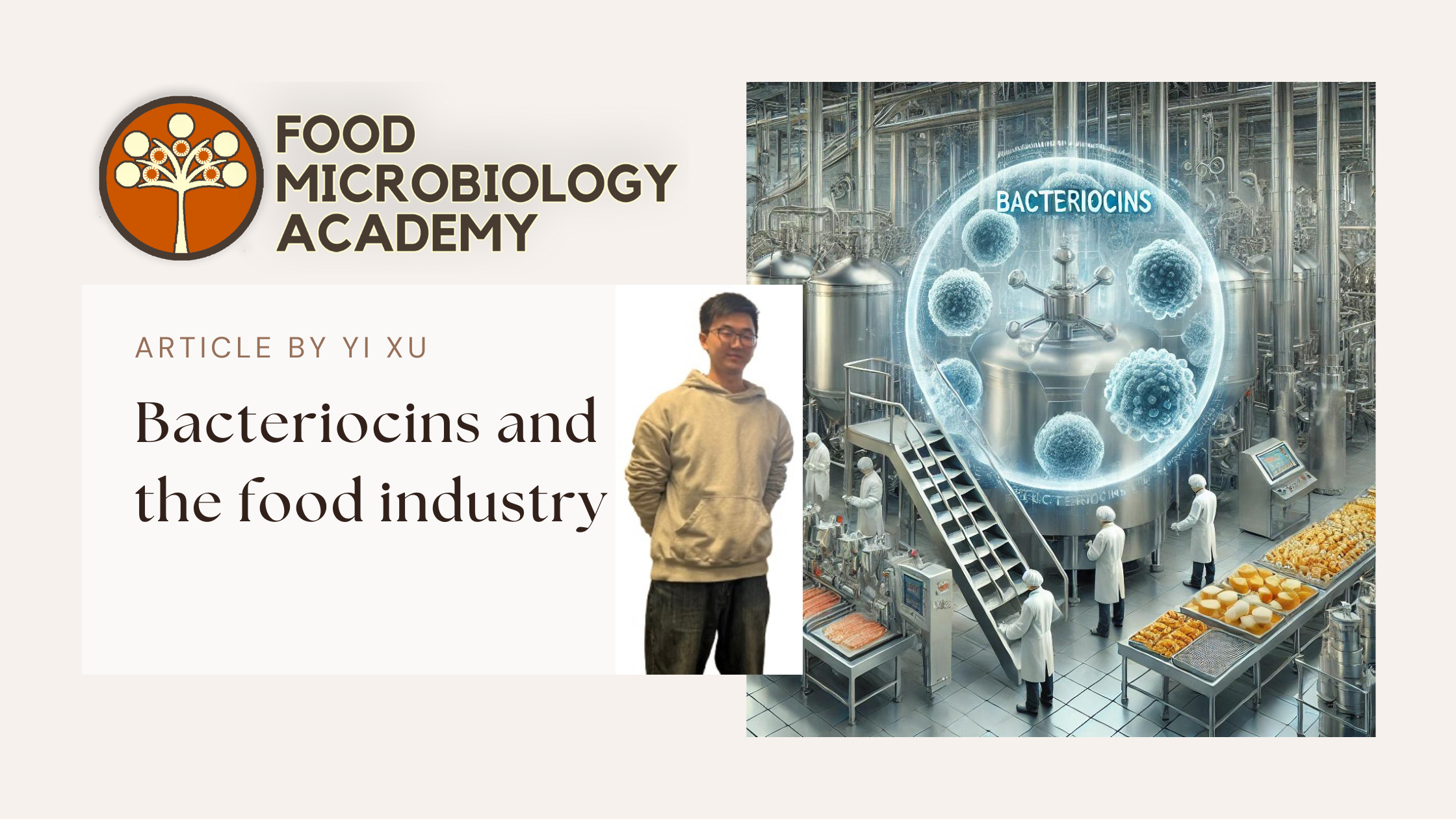Biochemistry of Reactions in Triple Sugar Iron Agar
This article was prepared using DeepSeek-V3 with the following prompt: Write an 800 word blog article on the biochemistry of reactions in triple sugar iron agar. It was then checked/edited by Dr Philip Button. Triple Sugar Iron (TSI) agar is a differential medium used extensively in microbiology to identify enteric bacteria based on their ability to ferment sugars and produce hydrogen sulfide (H₂S). This versatile medium provides valuable insights into the metabolic capabilities of microorganisms, making it a cornerstone in clinical and environmental microbiology. Understanding the biochemistry of reactions in TSI agar requires a closer look at its composition, the metabolic pathways involved, and the visual indicators that reveal microbial activity. This article explores the biochemical principles behind the reactions observed in TSI agar and their significance in microbial identification. Composition of Triple Sugar Iron Agar TSI agar is a complex medium containing three sugars (glucose, lactose, and sucrose), a pH indicator (phenol red), and iron salts. Its composition is designed to test multiple metabolic capabilities of bacteria simultaneously. The key components include: Biochemical reactions in TSI Agar The reactions in TSI agar are driven by the metabolic activities of bacteria, including sugar fermentation, gas production, and H₂S generation. These reactions are interpreted based on color changes in the medium and the presence of gas or black precipitates. 1. Sugar fermentation 2. Gas Production 3. Hydrogen Sulfide Production Metabolic pathways involved The biochemical reactions in TSI agar are governed by specific metabolic pathways: Interpretation of TSI Agar results The visual changes in TSI agar provide critical information about the metabolic capabilities of the tested organism. An example is shown in Figure 3. Applications of TSI Agar TSI agar is widely used in clinical laboratories to identify enteric pathogens, such as Salmonella, Shigella, and E. coli. It is also used in environmental microbiology to study the metabolic diversity of bacteria in various ecosystems. The medium’s ability to test multiple metabolic traits simultaneously makes it a cost-effective and efficient tool for microbial identification. Conclusion The biochemistry of reactions in Triple Sugar Iron agar is a fascinating interplay of microbial metabolism and chemical indicators. By understanding the metabolic pathways involved and the visual cues provided by the medium, microbiologists can gain valuable insights into the identity and capabilities of bacterial isolates. TSI agar remains a cornerstone of microbiological diagnostics, demonstrating the enduring relevance of biochemical principles in modern science. Whether in a clinical lab or a research setting, TSI agar continues to be an indispensable tool for unraveling the metabolic secrets of microorganisms.





